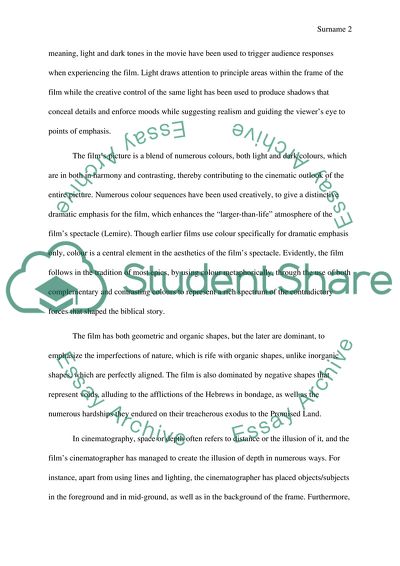Cite this document
(Exodus - Gods and Kings - Parts Contributing to Composition Unity Movie Review Example | Topics and Well Written Essays - 1250 words, n.d.)
Exodus - Gods and Kings - Parts Contributing to Composition Unity Movie Review Example | Topics and Well Written Essays - 1250 words. https://studentshare.org/visual-arts-film-studies/1854428-exodus-gods-and-kings
Exodus - Gods and Kings - Parts Contributing to Composition Unity Movie Review Example | Topics and Well Written Essays - 1250 words. https://studentshare.org/visual-arts-film-studies/1854428-exodus-gods-and-kings
(Exodus - Gods and Kings - Parts Contributing to Composition Unity Movie Review Example | Topics and Well Written Essays - 1250 Words)
Exodus - Gods and Kings - Parts Contributing to Composition Unity Movie Review Example | Topics and Well Written Essays - 1250 Words. https://studentshare.org/visual-arts-film-studies/1854428-exodus-gods-and-kings.
Exodus - Gods and Kings - Parts Contributing to Composition Unity Movie Review Example | Topics and Well Written Essays - 1250 Words. https://studentshare.org/visual-arts-film-studies/1854428-exodus-gods-and-kings.
“Exodus - Gods and Kings - Parts Contributing to Composition Unity Movie Review Example | Topics and Well Written Essays - 1250 Words”. https://studentshare.org/visual-arts-film-studies/1854428-exodus-gods-and-kings.


